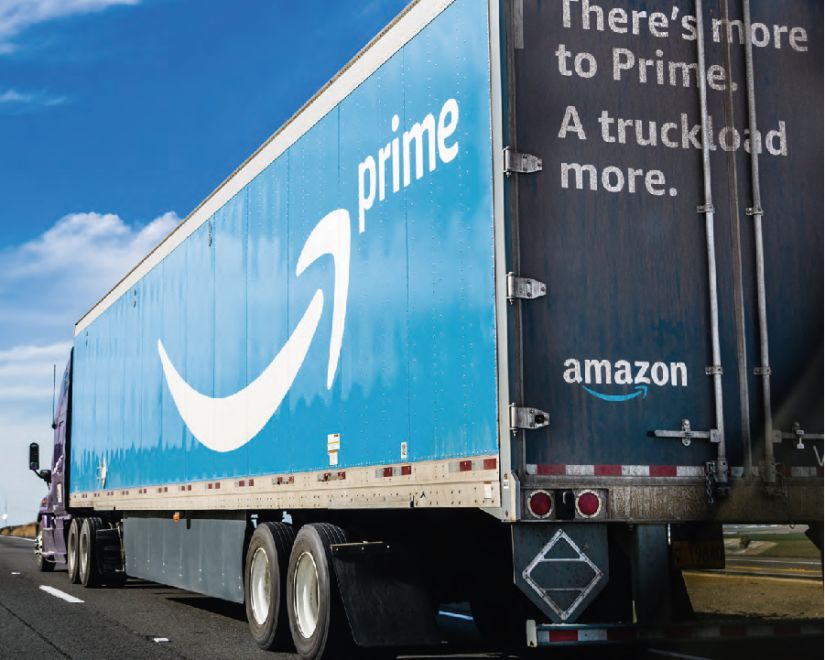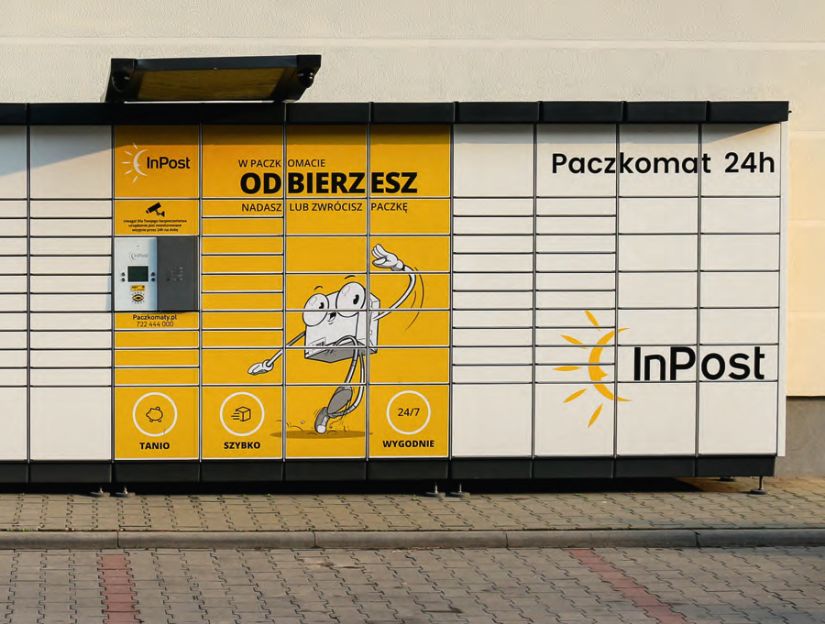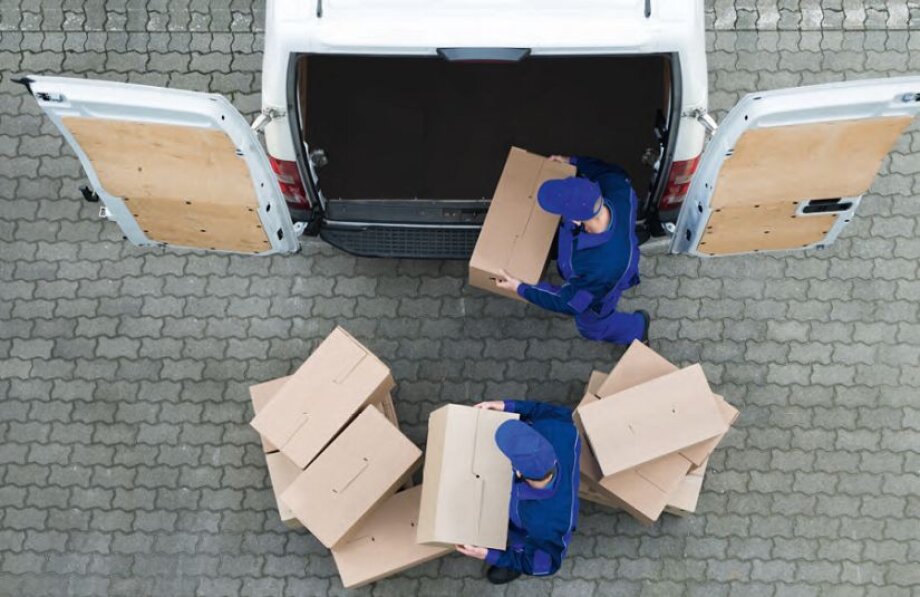If Amazon were to open a Polish branch, it would have a sizable base clientele – each month, close to a million Poles visit the British or German store of the American giant. One thing is certain: Amazon would easily win on price. Reports say that its margins are around 1.3 percent in the global market, which is much lower than in Polish e-stores.
Small players would fold pretty quickly, unable to compete on price and delivery times, leaving the market divided between major domestic companies and the US colossus. It stands to reason that Amazon might be interested in some acquisitions. Until recently, Empik Media & Fashion, which cooperated with Amazon on Kindle sales, was a potential candidate for a takeover. Today, Empik is gearing up: it’s launched a new website, a mobile app, the “Mój Empik” (My Empik) program and the express click-and-collect system. It seems that the company’s board has seen the writing on the wall and is doing everything to be able to hold its own in the ensuing battle. It’s almost as if they knew something that others didn’t.
JOIN IN OR PERISH
The more of the market Amazon takes for itself, the less room there will be for others – both brick-and-mortar and online retailers. Many are doomed to follow the path of cult toy retail chain Toys R Us, which decided to close all its US and UK stores – 900 outlets altogether. In 2017, when its debts rose to $5.2 billion, the company filed for bankruptcy. The common belief is that one of the main reasons behind the spectacular defeat of Toys R Us was client migration to e-commerce, particularly Amazon.
Retailers worldwide have learnt their lesson and more and more of them are flocking to Amazon, aware that it is the place to be if they want to survive. But offering your products with Amazon can be a double-edged sword. The giant has some of the most sophisticated analytics software keeping track of what buyers are interested in. This means they probably know more about what a retailer’s clientele is looking for than the store owners do. Once they figure out which products are worth pursuing, it doesn’t take a genius to copy them, lower the price and force the competition out of business. Amazon has been accused of such practices for years.
Another sketchy tactic often attributed to Amazon is forcing its third-party retailers to keep prices at zero or even negative profitability level, all the while collecting fees from them for advertising and allowing them to be on Amazon in the first place.
Third-party sellers account for as much as 58 percent of all sales on Amazon, according to the latest reports released by the US giant. In the fourth quarter of 2018, Amazon’s revenue from third-party sellers totaled a whopping $13.4 billion, accounting for a fifth of its entire revenue. That included marketplace and fulfillment fees, which have a high profit margin of up to 20 percent. If anyone was wondering how Amazon makes money being such a famously unprofitable retailer, the secret is out.

SMALL UPGRADE, BIG DIFFERENCE
To show how much homework Polish online retailers have to do to prepare for the revolution, let’s look at the recently introduced solution provided by Shoper software, on which several thousand Polish e-commerce firms are running. In March of this year, the software provider introduced an upgrade to its search tool. It now offers a dynamically updated list of best-fitting hits to the query that a client enters.
Shoppers no longer need to enter a complete product name; in many cases a few letters will suffice to see a whole list with miniature pictures, prices and links to specific products
The implementation of the upgraded search tool algorithm has resulted in an increase in transaction numbers of over 30 percent, the company stated. It goes even higher on mobile devices, where website navigation is more difficult. “Our analysis shows that a session on a store’s website lasts 2.5 minutes on average. That’s not a lot of time. That’s why retailers need to make it easy for clients to find what they need,” said Jan Becla, e-commerce marketing coordinator at Shoper.
Thirteen years ago, when Shoper was starting out as a solutions provider for small e-commerce businesses, it may have been reasonable to allow the client to browse through the store’s entire product catalogue, but now – when a quarter of all stores running on Shoper software have over a 1,000 items on offer, old-fashioned browsing is no longer an option. “There are stores where the search tool plays a very important role. In one of our stores with phone accessories, every fourth client finds a gadget through the search tool, while in another – a fashion store – as much as 43 percent of users start shopping with the search field,” Becla explained.
Naturally, search engines embedded in online stores rely heavily on the content retailers provide.
“It’s worth focusing on optimizing product descriptions for search engines, or in fact for buyers by trying to guess how they think,” he added. To optimize content production, the software provider offers its premium clients a thesaurus and typo correction.
THE ARMS RACE HAS BEGUN
Website accessibility and rich content, (i.e. extensive and rich descriptions on product cards, which Amazon calls detailed product pages), are some of the areas where Polish e-stores could take a page out of Amazon’s book. The method of publishing and delivering e-content itself is what for a long time distinguished Jeff Bezos’s company.
“ Until recently, companies determined their rich content individually. There were no official specifications and guidelines were scarce. Today, in order to increase standardization, companies develop guides, thus limiting the scope of web developer involvement to a minimum,” said Tomasz Kasperski, CEO and founder of Omnipack, one of the market leaders in fulfillment services and e-commerce logistics. Poland’s top auction and e-commerce platform, Allegro, offers its retailers this the type of assistance by specifying the minimum layout resolution, file size and a list of accepted tags.
Another trick Allegro has picked up from Amazon is the Shop in Shop service. In short, Polish firms are becoming increasingly aware that it makes sense to offer their products in the Brand Zone, which allows clients to browse through various retailers’ offer in one place. It stands to reason that when facing a behemoth of a challenger on the market, safety in numbers is the right tactic.

TIME IS OF THE ESSENCE
An important lesson that Polish e-commerce businesses have yet to learn is that they cannot do it all on their own, particularly when it comes to logistics services. Many Polish e-stores still handle it on their own, and that seldom works for small and mid-sized companies. And no matter how hard they try, they will never be able to match Amazon Prime’s standards.
According to ResearchAndMarkets analysts, providing high-quality fulfillment is one of the greatest challenges internet stores are facing today. Storage and preparing orders for shipment, not to mention handing returns, takes so much time and effort that many companies are spread too thin, with insufficient human resources to focus on business development. As a result, they offer a mediocre service at best, while other areas of their business suffer and remain underfunded. And if they don’t grow, their chances of holding their own when new competition arrives are slim.
“Some companies invest in their own warehousing, while others opt for fulfillment services to meet all their logistics needs without major capital investments. A lot of our clients have decided to outsource their logistics processes to be able to fight for a stronger position on the market,” said Kasperski.
So, either by copying their best selling products, by driving up the fees retailers pay to be on Amazon, or by simply offering faster and better deliveries, the giant will likely tighten the screw on Polish e-commerce businesses if and when it makes its way here. As always, it’s going to be a “survival of the fittest” test, which Polish firms have yet to prepare for.



















